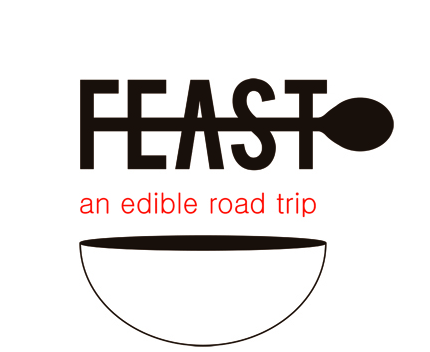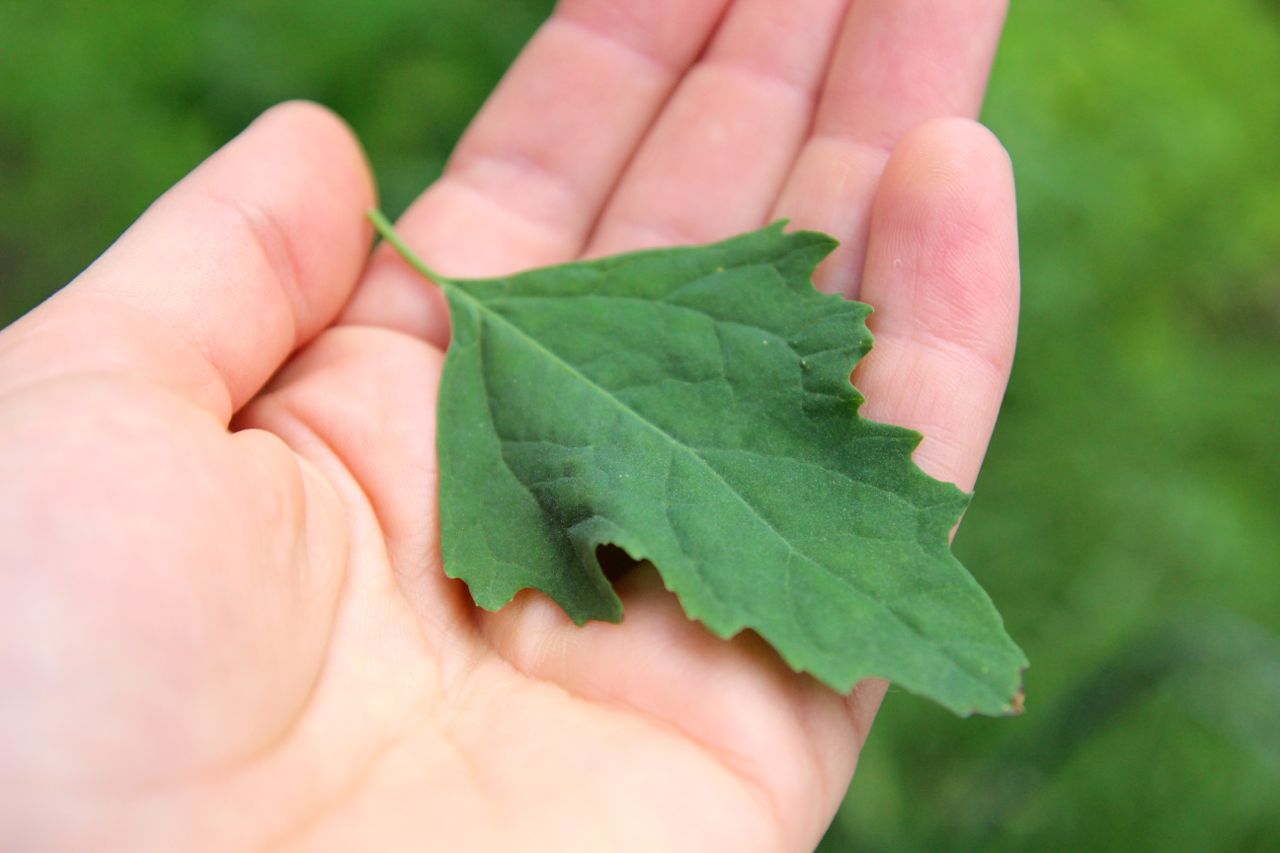Finding Food in Unexpected Places
I don’t know if I’d ever truly realized a salad can be picked from the forest. I knew that most of our food grows somewhere outside and that ‘foraging’ is a pretty hot word in the food scene right now. I hadn’t, however, realized just how abundant food can be, and how we overlook many food sources each and every day.
Michele Genest, author of the cookbook 'The Boreal Gourmet', focuses on just that, the abundance of wild food. She specializes in foraging, cooking, and developing recipes with the food from the Boreal Forest, a vast ecosystem that covers nearly 60% of the land in Canada and exists, for the most part, north of the 50th parallel. Michele is a remarkable woman, she hosted much of our time in Dawson City, and she took us on our first foraging excursion.
If you're like me, 'foraging excursion' will make you think of a full day affair, deep into the woods. Not so! We went for a walk down the 9th Avenue Trail, just skirting Dawson City, only a few blocks from the heart of the city.
During our 200-metre walk, we discovered close to 15 new-to-us edible plants including yarrow, lamb’s quarters, artemesia tilesii, high bush cranberries, low bush cranberries (also known as lingonberries), lungwort, Labrador tea, soapberries, plantains (a green, not the banana), pineapple weed, juniper berries (an old fave – hello gin!), and even stumbled upon wild strawberries.
I left that walk with my belly full, my head spinning, and feeling astounded at the abundance of nature.
On our last night in the Yukon, Michele made us an incredible dinner highlighting some of these ingredients. She prepared a wedge salad with a dressing made of local chevre, lungwort, yogurt, balsamic and olive oil; pasta with fresh basil pesto; steak rubbed with dried spruce tips and juniper; and served with a sauce made up of foraged morel mushrooms, cream, garlic and apple brandy.
There is much to learn about foraged wild foods. We can’t eat every leafy green plant or berry-bearing tree, but with an increased communal knowledge of edible foraged foods, our dinner tables would become much richer. Have you ever thought about the possibility of spruce tip oil and lambs quarters being the new kale chips?
Or whipping soapberries into ‘Indian Ice Cream’?
Food just got a whole lot more exciting for me.
-DV


